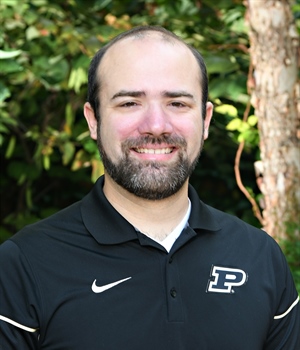Evaluation of GE CT Simulator Extended Field-Of-View MaxFOV Algorithm for LINAC-Based Treatments
D McIlrath*, M Sullivan, S Ahmad, S Martinez, University of Oklahoma Health Sciences Center, Oklahoma City, OK
Presentations
PO-GePV-M-165 (Sunday, 7/10/2022) [Eastern Time (GMT-4)]
ePoster Forums
Purpose: To evaluate the performance and efficacy of GE Discovery CT simulator MaxFOV algorithm for clinical implementation in use with photon-based treatments.
Methods: The MaxFOV algorithm extends the scan field-of-view (SFOV) from the standard 50 cm to 80 cm by extrapolating sinogram information from within the reconstructable 50 cm to reconstruct an image beyond the standard FOV. This introduces concerns of the reconstruction’s spatial and HU accuracy. To evaluate this, a uniform pelvis phantom was imaged at positions outside the SFOV and reconstructed with the maxFOV with a GE Discovery CT simulator. CT DICOMs were exported into Eclipse where HU values were measured across the phantom (Fig. 1). Similarly, an anatomical RANDO phantom was imaged and exported to Eclipse to evaluate HU and spatial accuracy. Physical distance and theoretical HU values were compared to those measured within Eclipse (Fig. 2). Lastly, end-to-end (E2E) testing was performed using the RANDO phantom to assess the efficacy of a RapidARC plan utilizing maxFOV-enabled CT simulations.
Results: HU uniformity was found to decrease radially within the MaxFOV reconstruction region towards the edge of the extended FOV with a maximum difference of 9.6% from the center of the SFOV region. Within the RANDO phantom, average HU values differed over an average sampling by 18.56, 10.11, and 0.82 for lung, bone, and water respectively. Physical values in the standard FOV differed on average by 0.15 cm and in the extended FOV by 0.42 cm. E2E testings showed similar gamma indicies of 0.997 when the RapidARC plan was applied to CT simulations with and without maxFOV utilized.
Conclusion: Although MaxFOV is an intriguing algorithm to aid in the treatment of larger subjects, the spatial and intensity inaccuracies raise concern of the efficacy of treatment plans created using the extrapolated reconstruction space.
Keywords
Not Applicable / None Entered.
Taxonomy
Not Applicable / None Entered.
Contact Email



